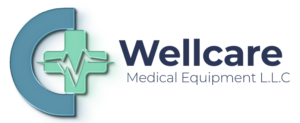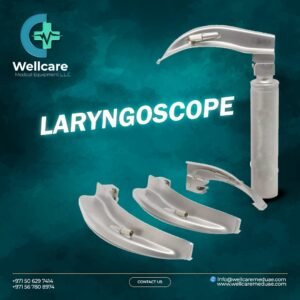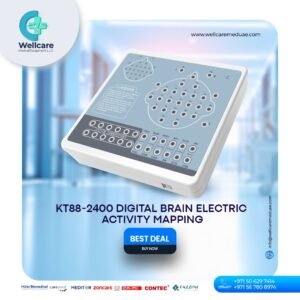Medical Imaging Equipment supplier in UAE
Medical imaging equipment holds significant importance in the UAE’s healthcare sector, contributing profoundly to patient care and diagnostic accuracy. In a country where modern healthcare facilities strive to provide world-class medical services, advanced imaging technologies are essential for accurate diagnosis and effective treatment planning. These tools, including MRI machines, CT scanners, ultrasound devices, and X-ray systems, enable healthcare professionals to visualize internal structures and conditions with high precision, which is crucial for diagnosing complex diseases, planning surgical interventions, and monitoring treatment progress. The UAE’s investment in state-of-the-art medical imaging equipment reflects its commitment to maintaining a high standard of healthcare. Accurate imaging allows for early detection of conditions, which can lead to timely and more effective treatments, ultimately improving patient outcomes and reducing healthcare costs. Furthermore, these technologies support specialized medical services and contribute to the country’s goal of becoming a leading hub for medical tourism by attracting patients seeking advanced diagnostic and therapeutic options. In addition to benefiting patient care, advanced imaging equipment plays a vital role in medical research and education within the UAE. It supports clinical studies and training programs by providing detailed insights into various medical conditions, thus fostering innovation and excellence in the healthcare field. The availability of cutting-edge imaging technologies not only enhances the UAE’s healthcare infrastructure but also aligns with its vision of integrating the latest advancements in medical technology to provide top-tier care for its residents and visitors.
Well Care Medical Equipment LLC, as a leading supplier of medical imaging equipment in the UAE, offers a range of high-quality products designed to meet the needs of modern healthcare facilities. Their product lineup includes various types of medical imaging equipment, each essential for accurate diagnosis and effective patient care. Here’s an overview of the types of products typically offered:
1. MRI Machines
Magnetic Resonance Imaging (MRI) machines are used to create detailed images of the body’s internal structures using strong magnetic fields and radio waves. These machines are crucial for diagnosing a wide range of conditions, including neurological, musculoskeletal, and cardiovascular disorders.
2. CT Scanners
Computed Tomography (CT) scanners use X-ray technology to create cross-sectional images of the body. They provide detailed and accurate images that help in diagnosing internal injuries, tumors, and various diseases. CT scanners are essential for emergency medicine, oncology, and various other medical fields.
3. Ultrasound Machines
Ultrasound machines use high-frequency sound waves to produce images of organs and structures inside the body. They are commonly used in obstetrics, gynecology, cardiology, and other areas for diagnostic purposes, including monitoring fetal development and assessing heart conditions.
4. X-Ray Systems
X-ray systems are used to capture images of the body’s internal structures using X-ray radiation. These systems are fundamental for diagnosing fractures, infections, and various other conditions. Modern X-ray systems may include digital radiography (DR) for enhanced image quality and faster results.
5. Mammography Machines
Mammography machines are specialized X-ray devices used for breast imaging. They are essential for the early detection and diagnosis of breast cancer, providing detailed images of breast tissue to help in identifying any abnormalities.
6. Fluoroscopy Systems
Fluoroscopy systems provide real-time X-ray imaging, allowing healthcare professionals to observe and assess dynamic processes within the body, such as the movement of contrast agents during diagnostic procedures. They are used in various diagnostic and interventional procedures.
7. Bone Densitometry Equipment
Bone densitometry, or DXA (dual-energy X-ray absorptiometry) equipment, is used to measure bone mineral density. This is crucial for diagnosing osteoporosis and assessing fracture risk in patients.
8. Portable Imaging Devices
Portable imaging devices, including portable ultrasound and X-ray systems, offer flexibility and convenience in various medical settings. They are particularly useful for bedside imaging in emergency situations or remote locations.
9. PET Scanners
Positron Emission Tomography (PET) scanners are used to observe metabolic processes within the body. They are valuable in oncology for detecting cancer, assessing treatment effectiveness, and planning radiation therapy.
10. Hybrid Imaging Systems
Hybrid imaging systems, such as PET/CT or SPECT/CT, combine different imaging modalities to provide more comprehensive diagnostic information. These systems offer enhanced accuracy and detail by integrating functional and anatomical imaging.
Well Care Medical Equipment LLC provides these types of imaging products to support the UAE’s healthcare facilities in delivering accurate diagnoses and effective treatments, reflecting their commitment to high-quality medical technology and patient care.




